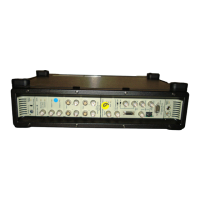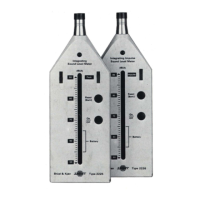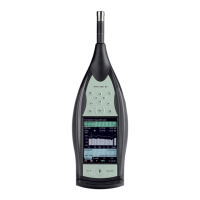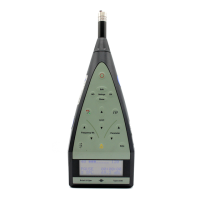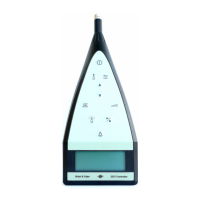CHAPTER 4
Introduction to Hardware
51
Fig.4.3
160 dB analysis in one
range. An FFT measuring
a 1 kHz signal 80 dB
below full-scale (7 V
rms
).
Note that noise and all
spurious components
measure 160 dB below full
scale input
4.3.2 Accuracy, Safety and Efficiency
With no input range to set, you no longer have to worry about overloads, underrange meas-
urements or discussions about the validation and verification of measurement results. And
with no need for trial runs to ensure that the input range is correct, you have a far greater
certainty of getting measurements right first time.
The measurement situations and applications below are examples of where Dyn-X technology
can be usefully employed:
When you need to get the
measurement right first time
• Crash testing
• Destructive testing
• Heavy machinery – run up/coast down
Where there’s minimal user
interaction
• Road testing
• Field testing
When time is limited •Test cells
• Wind tunnels
• Road testing
•Flight testing
When testing is unattended • Production line
• Noise monitoring
When signal levels are unknown • Run up/down
• Field testing
When an overview of the whole
measurement scenario is difficult
• When measuring many channels
• When combining more signal types: Vibration, Sound,
Temperature, Pressure, RPM, etc.
•Test cells
•In-car testing
• Sound, vibration and other parameters involved
High-dynamic applications • Impulsive testing, room acoustics
• Run up/down
• Electroacoustics
• Structural measurements

